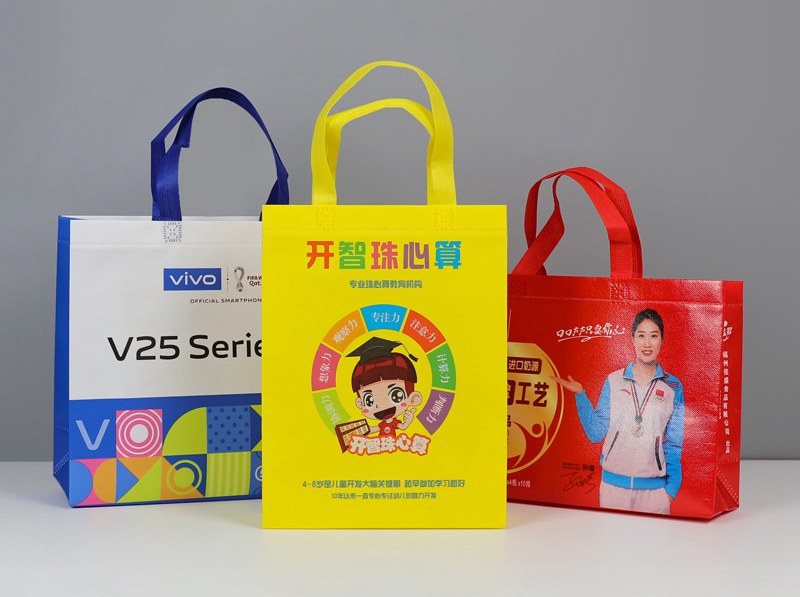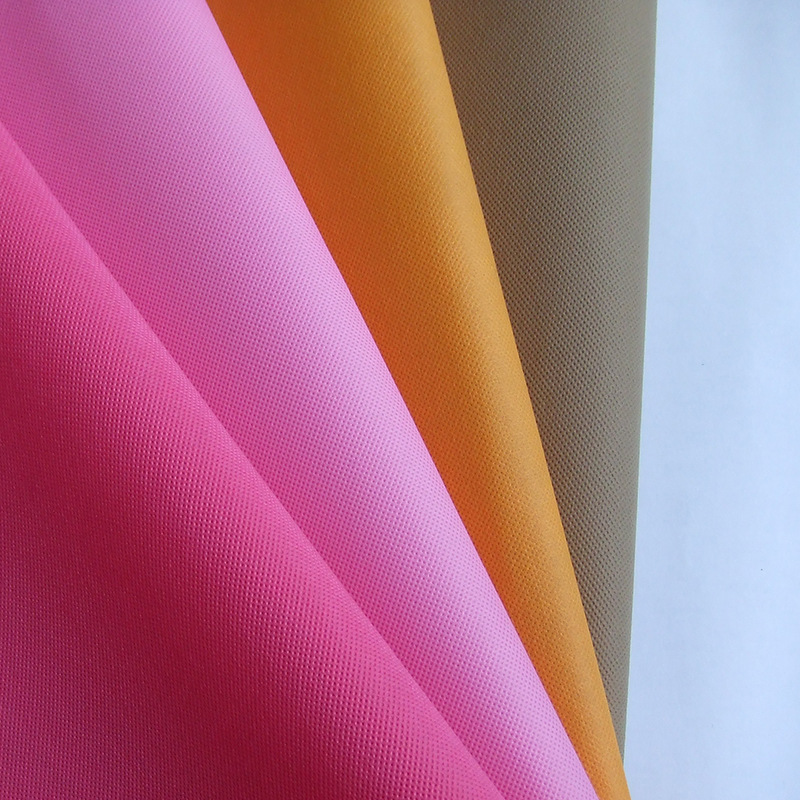Introduction
Non Woven Bags, also known as eco-friendly bags, are made from non-woven polypropylene fabric. They are durable and reusable, offering a green alternative to plastic bags. These bags are crafted from a blend of Orientation polypropylene, offering strength without the need for weaving. They are not woven but instead are bonded together, creating a fabric that is both strong and flexible. Non Woven Bags are gaining popularity due to their environmental benefits. They are recyclable and can be used repeatedly, reducing waste. Moreover, they are lightweight, making them convenient for everyday use.

Overview of the Non Woven Bag Industry
The industry is thriving, driven by increasing consumer demand for sustainable products. Manufacturers are innovating to create bags that are not only functional but also stylish, appealing to a wide range of consumers.
Understanding Non Woven Fabrics
Non woven fabrics are made from Orientation polypropylene or polyester. They come in various types, each with unique properties. Spunbonded, melt-blown, and needle-punched are common types, offering different strengths and applications. These materials are known for their durability and low cost. They are lightweight yet strong, with high tear resistance. Non wovens are also breathable, making them suitable for a variety of uses, from bags to medical garments. Non wovens are more sustainable than traditional plastics. They are recyclable and, in some cases, biodegradable. The production process is designed to minimize environmental impact, aligning with green initiatives worldwide.

Raw Material Selection
Polymers like polypropylene and polyester dominate non woven production. Polypropylene is preferred for its strength and resistance to moisture. Polyester offers a more environmentally friendly option, often recycled from PET bottles.
Quality matters in raw materials. Factors such as molecular weight, purity, and consistency of the polymers are crucial. They ensure the fabric's durability and performance.
Several factors influence the choice of material. These include cost, availability, environmental impact, and desired bag properties. Manufacturers balance these to meet customer needs.
The selection of the right polymer is key to the bag's quality. It dictates the strength, feel, and sustainability of the final product. As we move through the production process, the importance of this initial choice becomes evident.
Production Machinery for Non Woven Bags
Non Woven Bag Making Machines are designed for high-speed production. They can automatically cut, fold, and sew the fabric, ensuring uniformity and precision.
Types of Bag Making Machines
Specifications vary based on bag size and style. Customization is available to meet specific production needs, enhancing efficiency.
Auxiliary Equipment
Printing Machines Used for applying logos and designs. They ensure the ink adheres well to the non woven material, creating a lasting impression.
Cutting Equipment Precise cutting is vital. Equipment can cut intricate shapes and sizes, preparing the fabric for assembly.
Sewing Machines These are essential for stitching the bags, ensuring seams are strong and durable.
Heat Press Machines They seal and shape the bags, providing a professional finish. Heat pressing is also used for applying logos via heat transfer.
Detailed Production Process

Step 1: Fabric Preparation
Melting and Extrusion
Formation of Fibers and Web
Fibers are laid down to create a web.
Bonded by heat, pressure, or adhesive.
Step 2: Fabric Cutting and Shaping
Automated Cutting Systems
Designing and Cutting to Specifications
Step 3: Printing and Designing
Types of Printing Techniques
Application of Inks and Dyes
Quality and Durability of Prints
Step 4: Assembly and Sewing
Sewing Techniques for Bag Construction
Incorporation of Handles
Strength and Durability Considerations
Step 5: Finishing and Quality Control
Heat Pressing
Inspection of Bags
Packaging and Distribution
This step-by-step guide through the non woven bag production process highlights the meticulous attention to detail required at every stage, ensuring that the end product is of the highest quality and ready for use.
Advanced Production Techniques
Ultrasonic Welding for Seam Strength
Ultrasonic Welding
Strength and Integrity
Use of Specialized Machinery for High-Volume Production
Specialized Machinery
High-Volume Production
Automation and Robotics in the Production Line
Automation
Robotics
Intelligent Production
Addressing Environmental Concerns
Non woven bags must be eco-friendly. Manufacturers opt for recycled materials. They focus on reducing carbon footprints.
Overcoming Production Hurdles
Production faces hurdles like material costs. Solutions include efficient sourcing and waste reduction. Innovations boost productivity.
Adapting to Regulatory Changes
Regulations impact production standards. Manufacturers adapt by staying informed. They adjust processes to comply with laws.
Conclusion
The journey from raw polymers to finished bags is complex. It involves extrusion, cutting, printing, sewing, and quality control. Each step is vital for producing durable, functional non woven bags. Quality and sustainability are at the core. Manufacturers prioritize eco-friendly materials and practices. This ensures a reliable product that aligns with environmental goals. The industry is poised for growth. As consumer demand for sustainable products rises, non woven bags are set to become even more prevalent. Innovation will continue to shape this dynamic sector.











